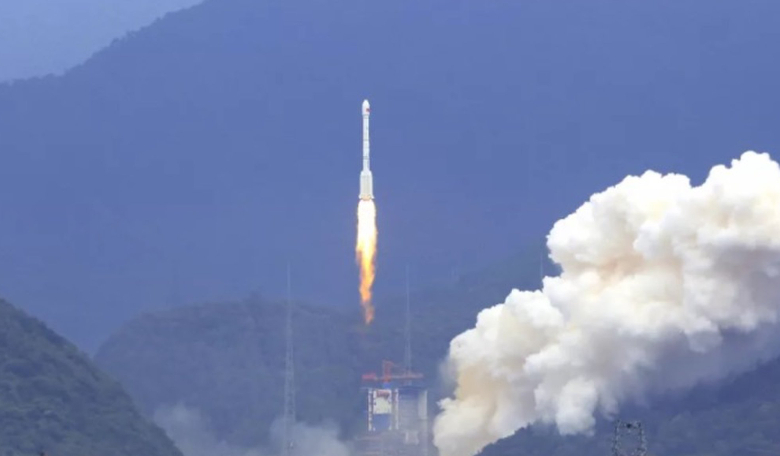With the launch of two Beidou navigation satellites, China has beaten its previous national record for the number of launches in a calendar year as the country ramps up its aerospace activities.
The Beidou system is China’s equivalent to Europe’s Galileo constellation and the US GPS precision timing and navigation system and it plans to have 35 active satellites in orbit by 2020 to provide global GNSS coverage.
The launch of the Long March 3B rocket, which took place from the Xichang Satellite Launch Center, was the 23rd successful launch of the year - up one from the previous record of 22 in 2016. So far, no failures have been reported by the authorities.
However, China are not planning on stopping there. The China Aerospace Science and Technology Corporation (CASC), the main contractor for the space program, is aiming to carry out a further 12 launches before the year is out, no doubt bolstered by plans from emerging commercial companies such as Landspace, Expace and OneSpace to make their mark on the aerospace industry.
Earlier this year, OneSpace became China’s first private company to launch its own suborbital rocket. Hoping to fly a little higher is Landspace.
Landspace, which became the first private Chinese commercial space company to sign a launch contract with a foreign customer (GOMSpace), is set to launch its first rocket, named Zhuque-1, into orbit in the final quarter of 2018. The three-stage solid-propellant rocket will carry a satellite roughly the size of a three-unit cubesat for a state television company into a low-Earth orbit.
With no other impending flights publicly on the horizon, a successful lift-off for Landspace would be the first orbital launch for a private Chinese company.
Landspace’s ambitions do not stop there either, as the company said in July that it has designed a two-stage methane- and liquid-oxygen-powered rocket that it aims to ground test next year ahead of its debuting launch in 2020.
The two-stage rocket, named Zhuque-2 (ZQ-2), will be capable of delivering a 2,000-kilogram payload capacity (compared with the 300 kilogram capacity for its Zhuque-1) to a 500-kilometre Sun-synchronous orbit (SSO), indicating the company’s aspirations to compete directly with the likes of SpaceX and Arianespace.











